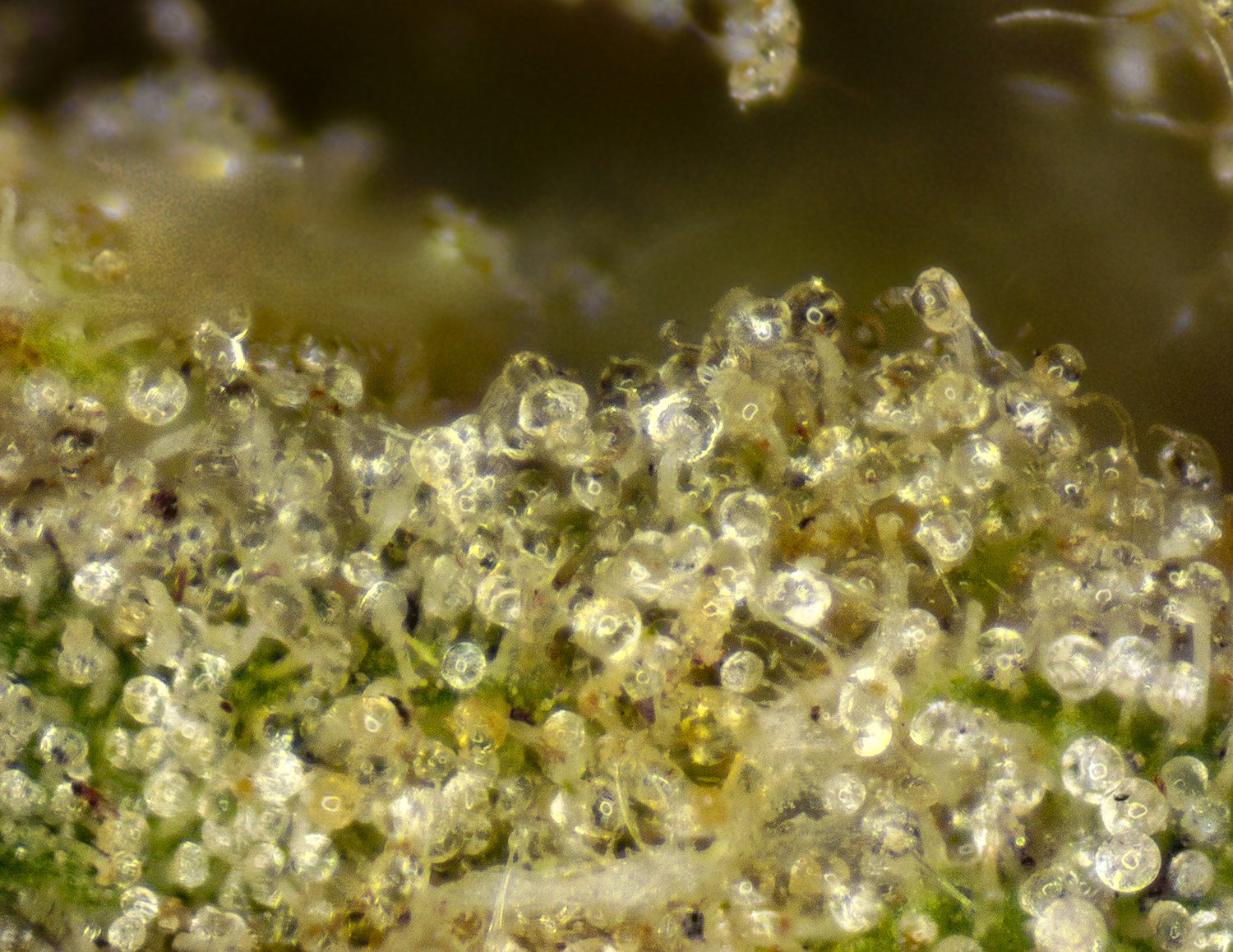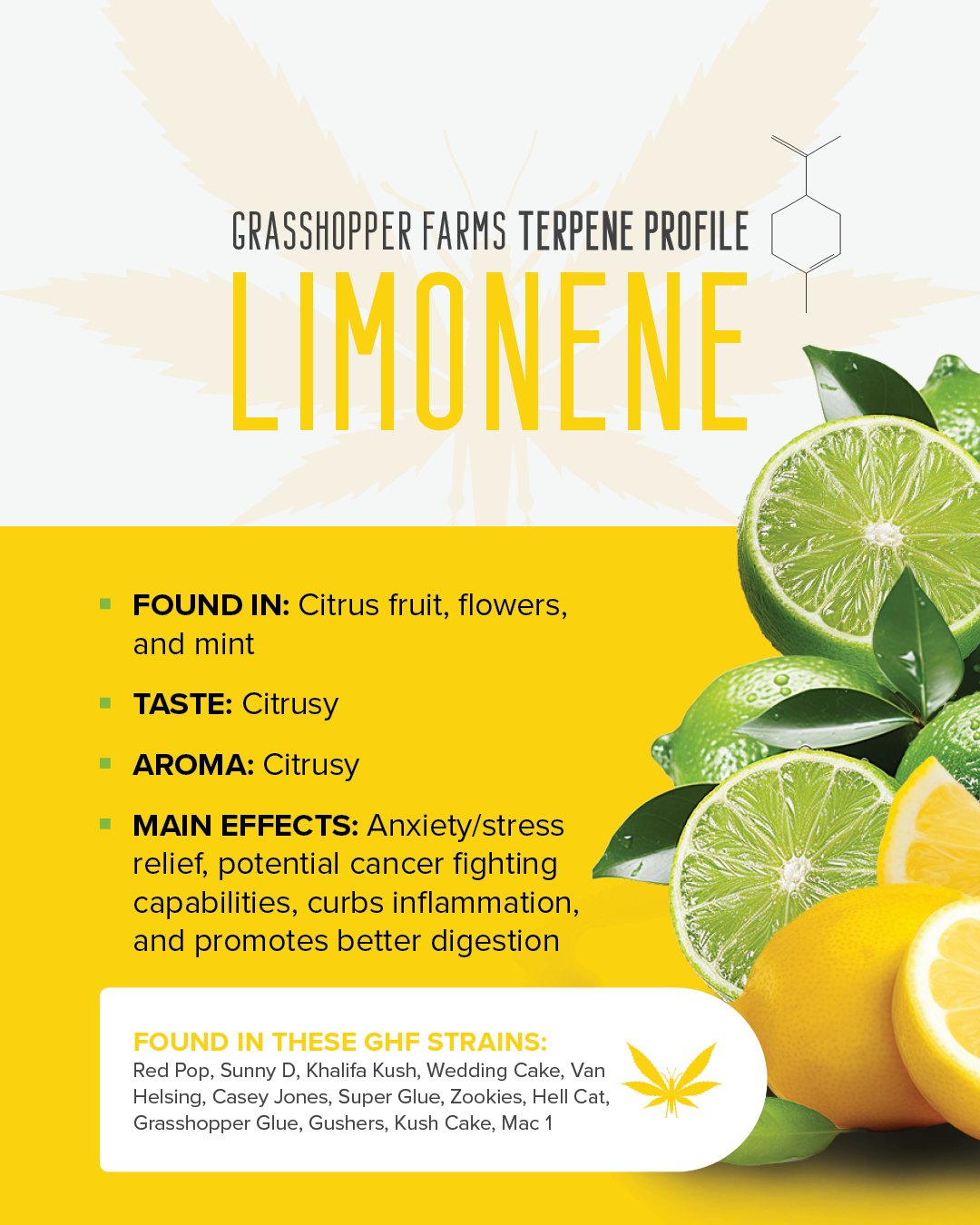Unveiling the Therapeutic Symphony: Terpenes and Cannabis for Medical Relief
Introduction
Cannabis has long been celebrated for its medicinal properties, offering a natural alternative for managing various medical conditions. In recent years, a growing body of research has shed light on the significance of terpenes – aromatic compounds found in cannabis and other plants. These compounds not only contribute to the distinctive flavors and aromas of different cannabis strains, but also play a pivotal role in influencing the therapeutic effects of the plant.
In this blog post, we'll explore the role and importance of terpenes, unraveling the symphony of scents that can enhance the therapeutic benefits of cannabis for managing medical conditions, and the importance of label detail and transparency.
Understanding Terpenes
Terpenes are organic compounds found in the essential oils of plants, including cannabis. They are responsible for the diverse aromas and flavors exhibited by different strains of cannabis. Over 200 different terpenes have been identified in cannabis, each with its own unique scent and potential therapeutic properties. While cannabinoids like THC and CBD often take the spotlight, terpenes work synergistically with these compounds to produce a spectrum of effects known as the "entourage effect."
The Entourage Effect
The entourage effect refers to the enhanced therapeutic benefits that result from the interaction between cannabinoids, terpenes, and other compounds present in the cannabis plant. Rather than isolating individual compounds, the entourage effect highlights the importance of the entire plant's chemical composition in delivering optimal medicinal effects.
Common Terpenes and Their Effects
Myrcene
Aroma: Earthy, musky, sweet, herbal
Effects: Known for its relaxing and sedative properties, myrcene contributes to the "couch-lock" sensation often associated with indica strains. It may also have anti-inflammatory and pain-relieving effects.
Limonene
Aroma: Citrusy, lemony
Effects: Limonene is believed to have mood-elevating and stress-relieving properties. It may also exhibit potential anti-anxiety and antidepressant effects.
Pinene
Aroma: Pine, woody
Effects: Pinene is associated with increased alertness and improved airflow to the lungs. It may have anti-inflammatory properties and is believed to enhance focus and mental clarity.
Caryophyllene
Aroma: Spicy, peppery
Effects: Caryophyllene interacts with the body's endocannabinoid system and is known for its anti-inflammatory and pain-relieving effects. It may also have potential anti-anxiety properties.
Isoborneol
Aroma: Herbal
Effects: Isoborneol is considered to have anti-inflammatory and anticoagulant properties. It also induces relaxation and provides mild pain relief.
Linalool
Aroma: Floral
Effects: Linalool is believed to provide mild pain, anxiety, and stress relief. Research also suggests it may have potential cancer fighting capabilities and help with seizures.
Humulene
Aroma: Woody, herbal
Effects: Humulene is associated with pain management and is an anti-inflammatory and appetite suppressant. It may also offer potential cancer fighting capabilities.
Bisabolol
Aroma: Floral
Effects: Bisabolol induces relaxation, provides mild pain relief, and is an anti-inflammatory.
Conclusion
As our understanding of cannabis continues to evolve, the role of terpenes in shaping the plant's therapeutic effects becomes increasingly evident. The synergy between cannabinoids and terpenes, encapsulated in the entourage effect, holds immense promise for the future of medical cannabis. As individuals explore cannabis for managing various medical conditions, paying attention to the terpene profile of different strains may lead to more personalized and effective treatment plans. The aromatic symphony of terpenes invites us to appreciate the complexity and richness of this natural remedy, offering a holistic approach to health and wellness.
Providing a comprehensive list of cannabinoids and terpenes on cannabis packaging is crucial for empowering consumers to make informed choices. This transparency allows individuals to tailor their cannabis experience based on desired effects. Cannabinoids like THC and CBD, along with diverse terpenes, influence the plant's therapeutic properties, contributing to variations in aroma, taste, and effects. By understanding the specific chemical composition of a product, consumers can navigate the nuanced spectrum of cannabis effects, making educated decisions to address their unique needs. This transparency fosters a responsible and personalized approach to cannabis consumption, promoting a more satisfying and targeted experience for individuals seeking therapeutic benefits.









